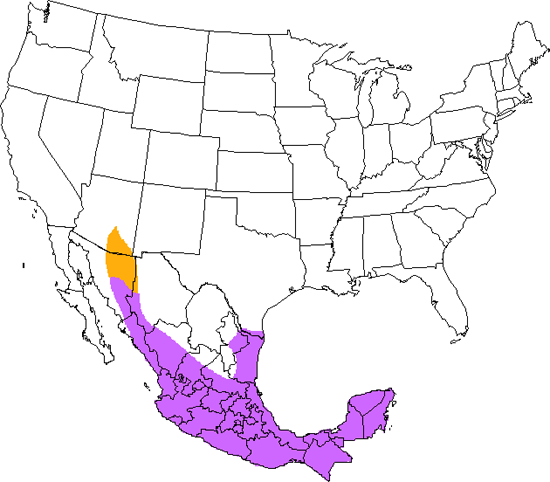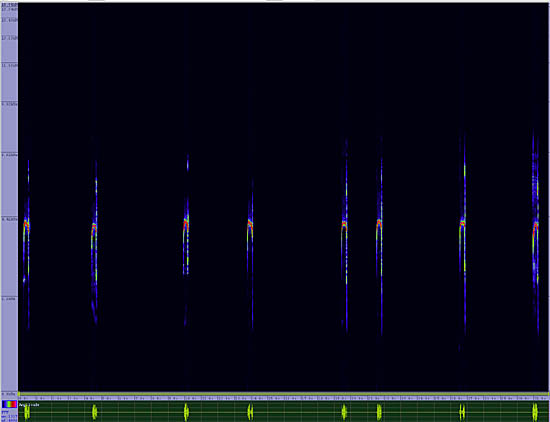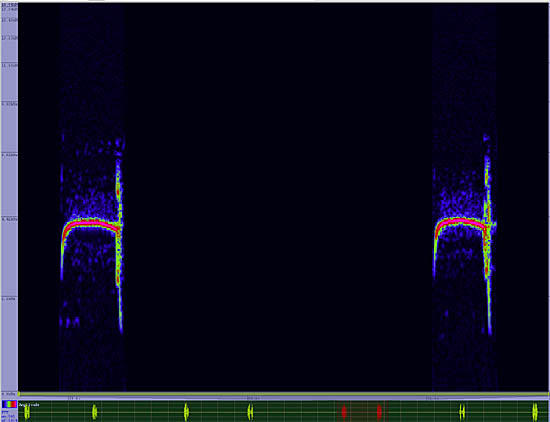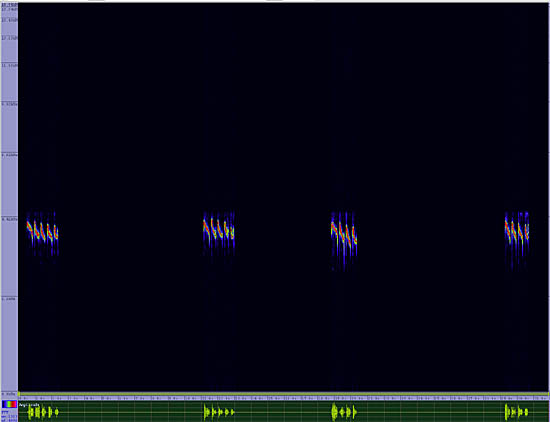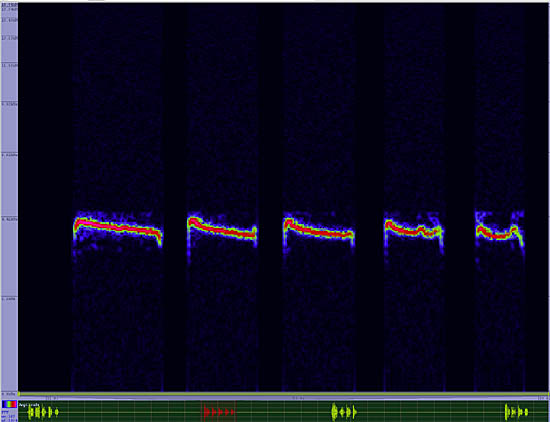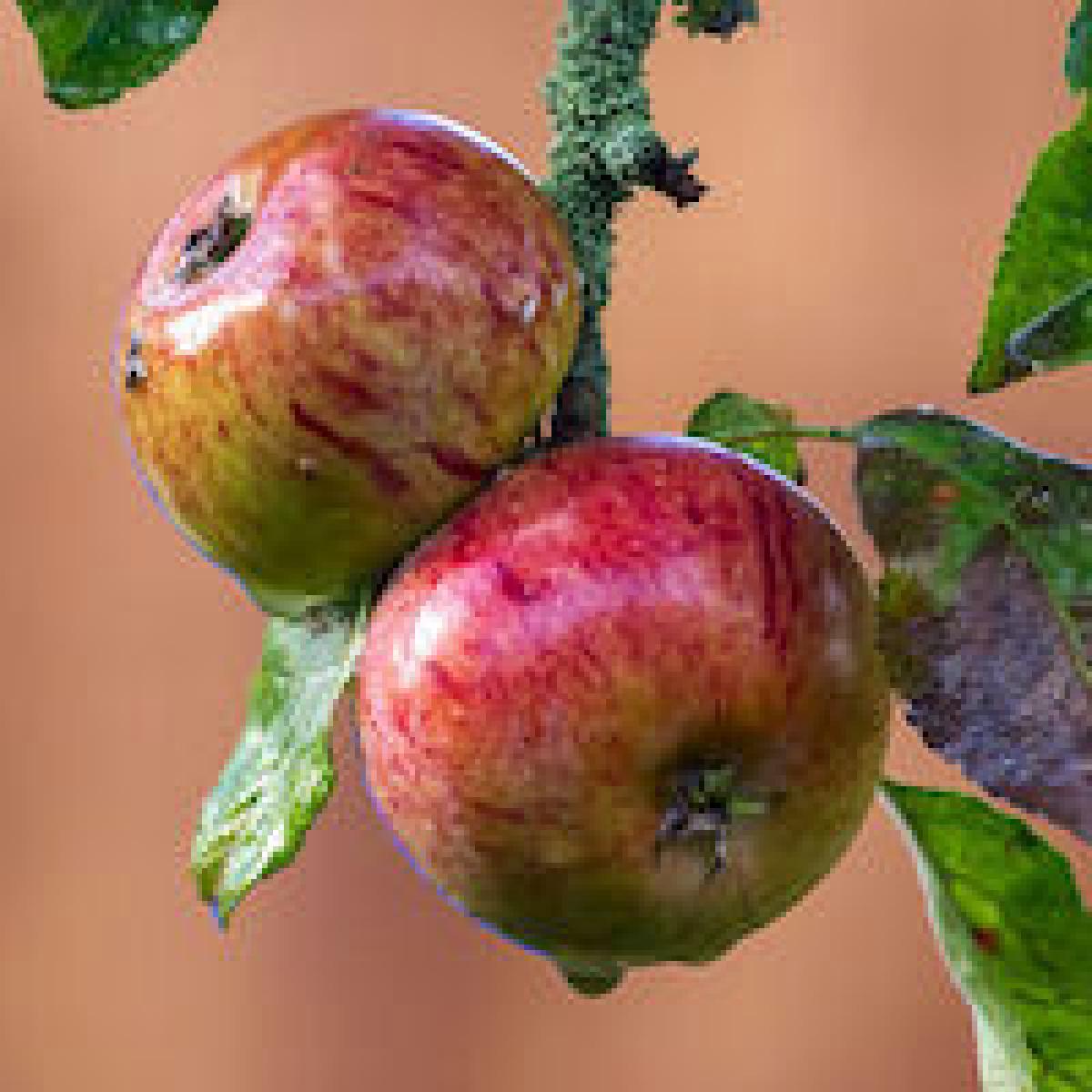Northern Beardless-Tyrannulet
Camptostoma imberbe

Perching
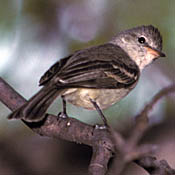
Length: 5 in. (11 cm )
An inconspicuous and drab bird, this flycatcher would pass unnoticed if not for its ringing calls. It is restricted to trees and vegetation in desert riparian areas where it feeds on insects and a few fruits by gleaning them from vegetation. The nest is placed on a limb and is a globular array of plant fibers with an entrance hole on the side.\r\n
The four-digit banding code is NBTY.
Bibliographic details:
- Article: Northern Beardless-Tyrannulet
- Author(s): Dr. Biology
- Publisher: Arizona State University School of Life Sciences Ask A Biologist
- Site name: ASU - Ask A Biologist
- Date published: 13 Jul, 2017
- Date accessed: 28 July, 2025
- Link: https://askabiologist.asu.edu/activities/bird/northern-beardless-tyrannulet
APA Style
Dr. Biology. (Thu, 07/13/2017 - 15:37). Northern Beardless-Tyrannulet. ASU - Ask A Biologist. Retrieved from https://askabiologist.asu.edu/activities/bird/northern-beardless-tyrannulet
Chicago Manual of Style
Dr. Biology. "Northern Beardless-Tyrannulet". ASU - Ask A Biologist. 13 Jul 2017. https://askabiologist.asu.edu/activities/bird/northern-beardless-tyrannulet
MLA 2017 Style
Dr. Biology. "Northern Beardless-Tyrannulet". ASU - Ask A Biologist. 13 Jul 2017. ASU - Ask A Biologist, Web. https://askabiologist.asu.edu/activities/bird/northern-beardless-tyrannulet
Be Part of
Ask A Biologist
By volunteering, or simply sending us feedback on the site. Scientists, teachers, writers, illustrators, and translators are all important to the program. If you are interested in helping with the website we have a Volunteers page to get the process started.



